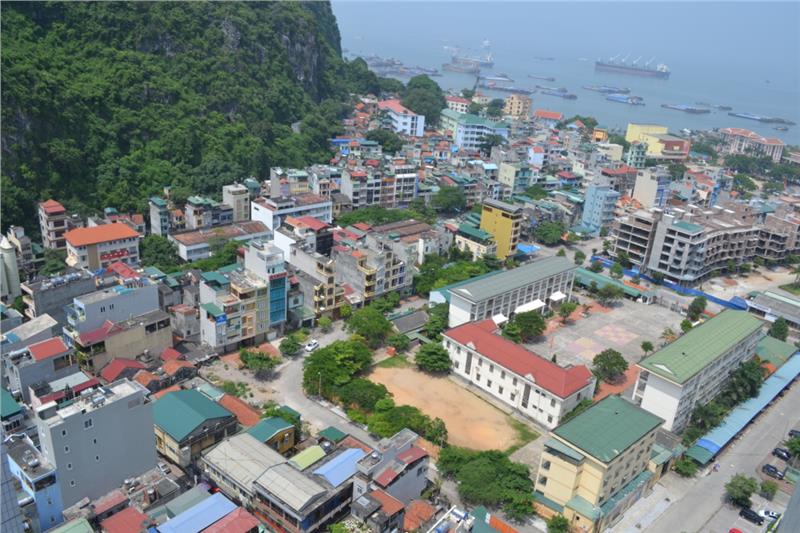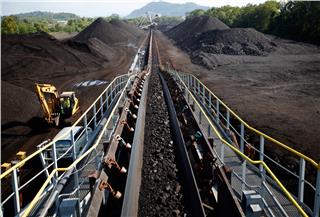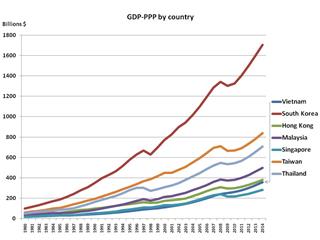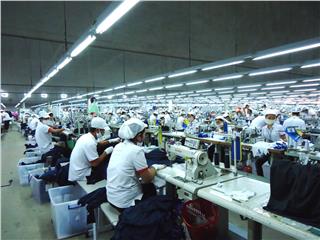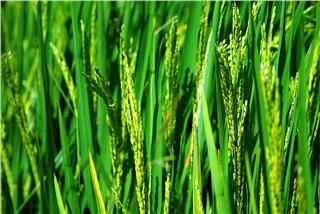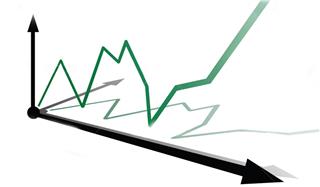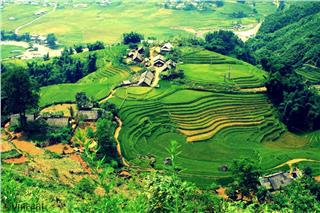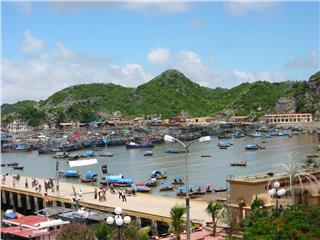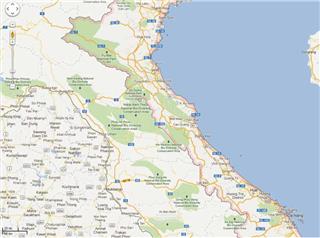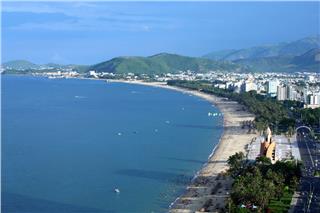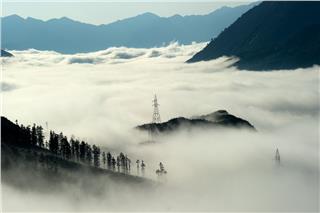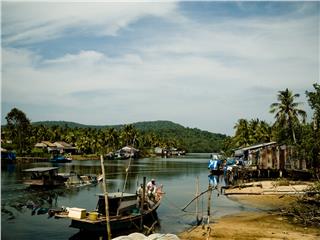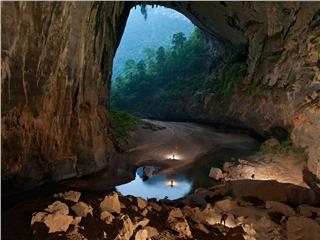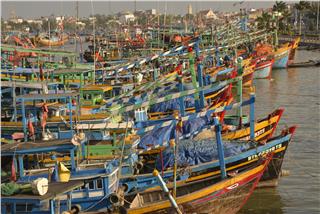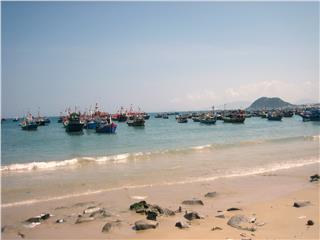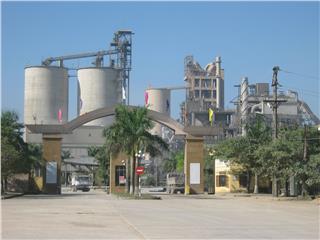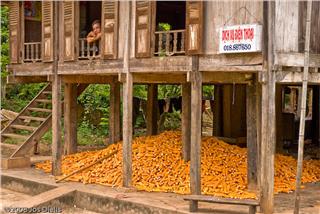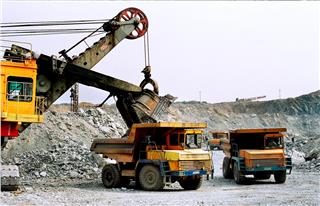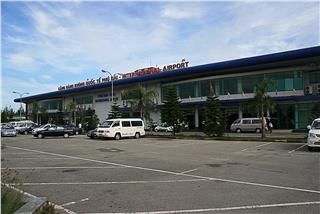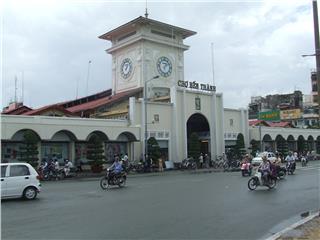Halong economy in recent years has significant changes in the structure among industries. Especially, it is the strong development of tourism, one of the key factors in the economic development of Halong city as well as Quang Ninh province.
Halong City is one of the important cities in the key economic region of the Northeast economy and is the motive power to stimulate the economic development in Vietnam economy. Halong also plays role as the connecting point of the international economic corridor axis including Kunming, Lao Cai, Quang Ninh. Halong City is known for Halong Bay, the world natural heritage, so Halong economy is a solid economic foundation in the development of Quang Ninh province.
Halong city is located in the coastal strip corridor of the Gulf of Tonkin, is an important pole in the growth triangle of Hanoi - Hai Phong - Quang Ninh. With the advantage of the deep-water port development, tourism, economic sea, minerals, convenient transportation system, Halong economy has many advantages to develop in the future.
Economic structure
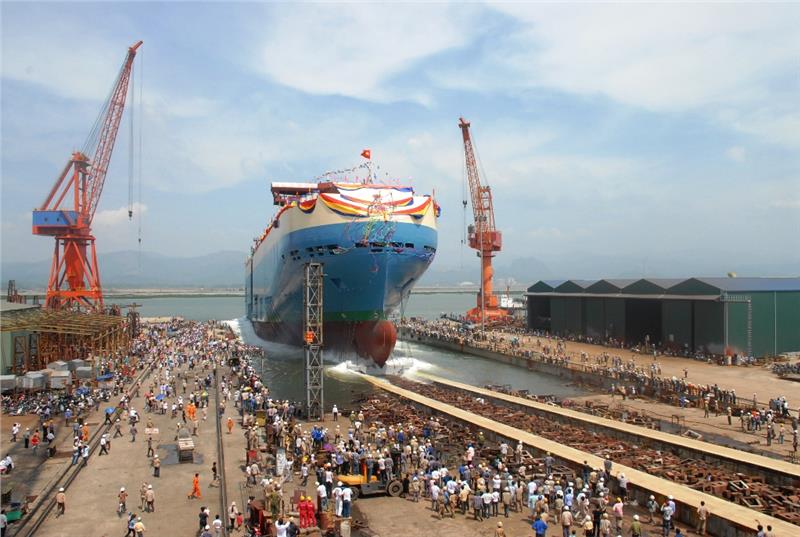
The economic structure of the city is defined as: Industry - Tourism, Services, Trade and Agriculture - Forestry and Seafood. In 2002, the GDP of the city reached VND 1700 billion, accounting for 38% of the province (the construction and industry account for 31%, services and tourism account for 53%), the total revenue accounted for 86.3% of the province. The average GDP growth rate was 12% / year.
There are five economic regions form in Halong city:
• Region 1: Commerce, services including wards Yet Kieu, Tran Hung Dao, Hong Gai, Bach Dang, Hong Hai, Hong Ha, Cao Xanh, Cao Thang
• Region 2: Industry, Forestry including wards Ha Trung, Ha Tu, Ha Khanh, Ha Lam, Ha Phong
• Region 3: Industrial zone, seaport including the northwest of Bai Chay Ward, the north of Viet Hung ward, Ha Khau, Gieng Day
• Region 4: Tourism and trading including the south of Bai Chay, Hung Thang Ward, Tuan Chau
• Region 5: Agriculture, forestry and fishery including Dai Yen ward and the south of Viet Hung ward.
Industry
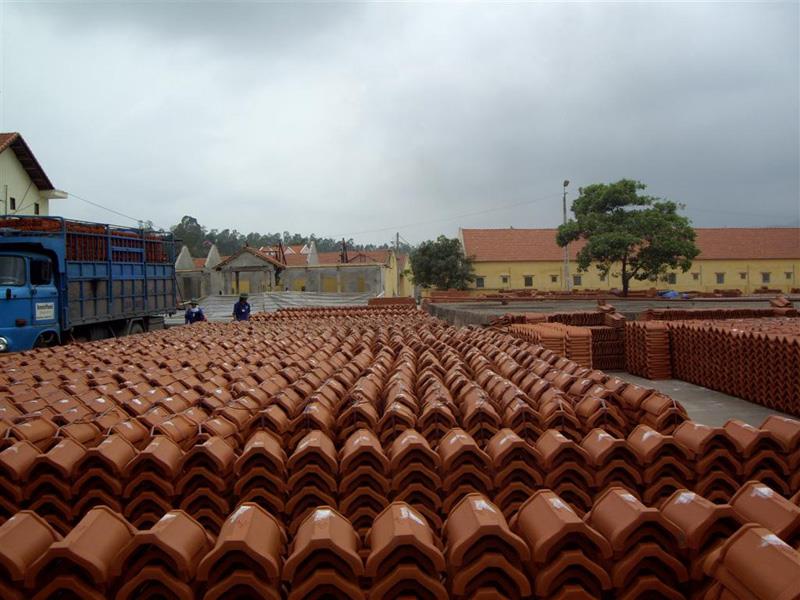
The city has 1470 industry and handicrafts manufacturing units including coal mining and processing, construction materials, mechanic, wood processing, food and garment. There are three industrial zones Cai Lan, Viet Hung and Ha Khanh, 4 major ports Cang Dua, Cai Lan, Hong Gai, B12 and 11 minor ports.
The coal mining is considered the strength of the city with many large mines such as Ha Tu, Ha Lam, Tan Lap, Nui Beo. The amount of coal mining each year is estimated at over 10 million tons. Halong strongly develops shipbuilding industry, production of construction materials, food processing and seafood. Halong shipyard can design ships under 53,000 tons, Quang Ninh thermal power plants with a total capacity of 1,200 MW. In addition, the city owns lots of good clay mines also, with about 6 brick factories having high quality to provide in and outside the province, partly for export. Many well-known brands in the country such as Viglacera Halong, Cai Lan Vegetable Oil (Neptune, Cai Lan), Vima FLOUR Flour (Hoa Ngoc Lan), Halong beer, Halong Seafood ...
In 2011, the revenue of the city was VND 19.445 billion, and the per capita income in 2011 was $ 3,718 / person / year, by 2.86 times compared with the nation. On November 11, 2013, The Prime Minister signed the Decision No.250/2003/QĐ-TTg to approve the general planning construction of Halong city, Quang Ninh province to 2020. Mean while, the overall scheme socio-economic development of the city approved to 2010. The orientation of the socio-economic development in the short-term as well as long – term is the basis to develop the construction and planning industry in the same period. Overall planning for socio-economic development to 2015, vision to 2020 is very essential and urgent, especially in the trend of urbanization and Halong economic restructuring.
Fishery
Also, the fishery is a strong industry of the city with many kinds of seafood and the large consumption, especially catering to tourists and for export. The city has been building many large boats to serve the fishing offshore. Exports are mainly coal and seafood; imports are petroleum, mining machinery, steel, transports. The total export turnover in 2002 reached $ 160 million.
Tourism - Services
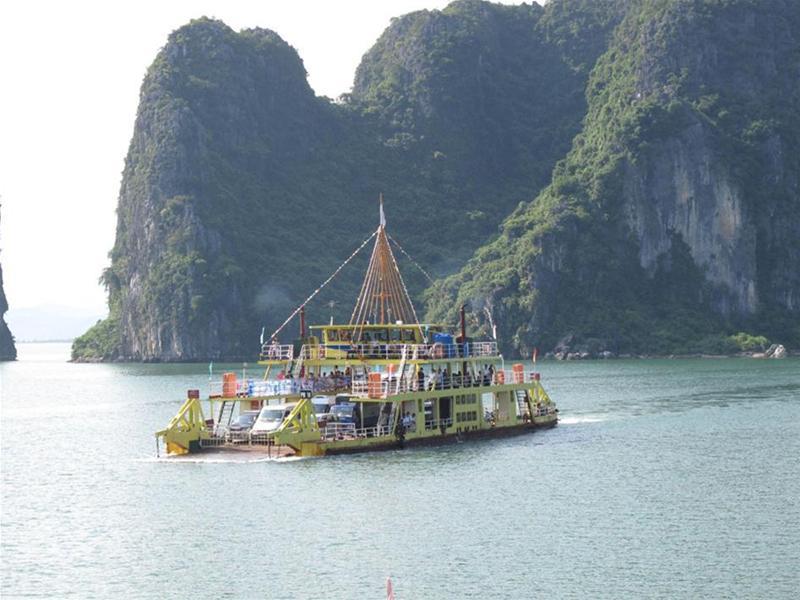
With the unique landscapes, in the past years, the Halong tourism has rapidly increased both the scale and the growth rate, contributed to the socio-economic development of the province. In 2013, Halong welcomed 7.5 million arrivals; in the first 6 months of this year reached 4.8 million arrivals. The indicators of the total visitors and international visitors and revenue increases (in 2013 was more than VND 5.000 billion, the first 6 months of this year reached VND 2.827 billion, up 10% compared to the same period last year).
The economy of Halong has recently changes and new favorable factors. The economic structure is switching from coal mining to tourism, the proportion of the Halong industry are increasing while the proportion of agriculture, forestry and fishery is gradually decreasing. The industry and services develop along with the development of culture, society and environmental resource protection. The technical infrastructure is upgraded to international standards, the social infrastructure is invested and built to improve the quality of life for the people and improve the literacy level.
